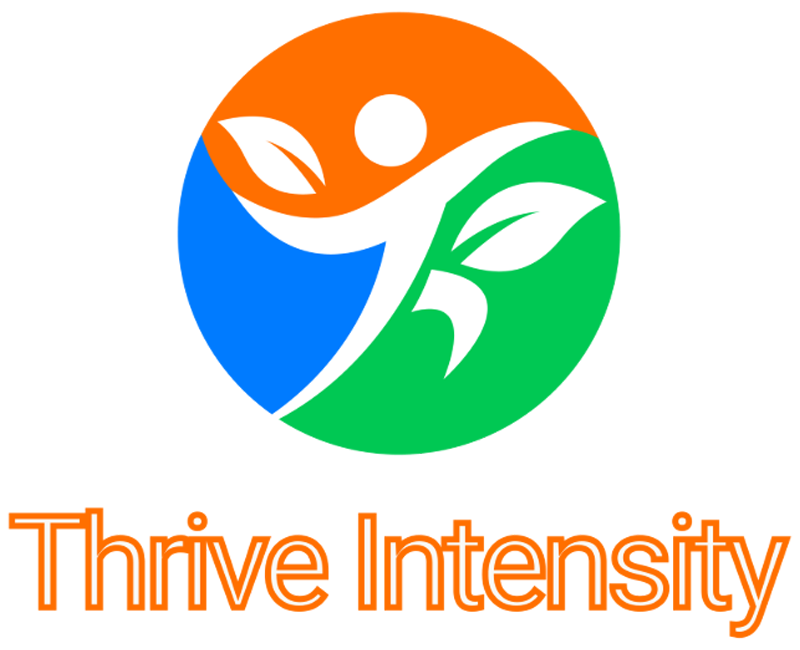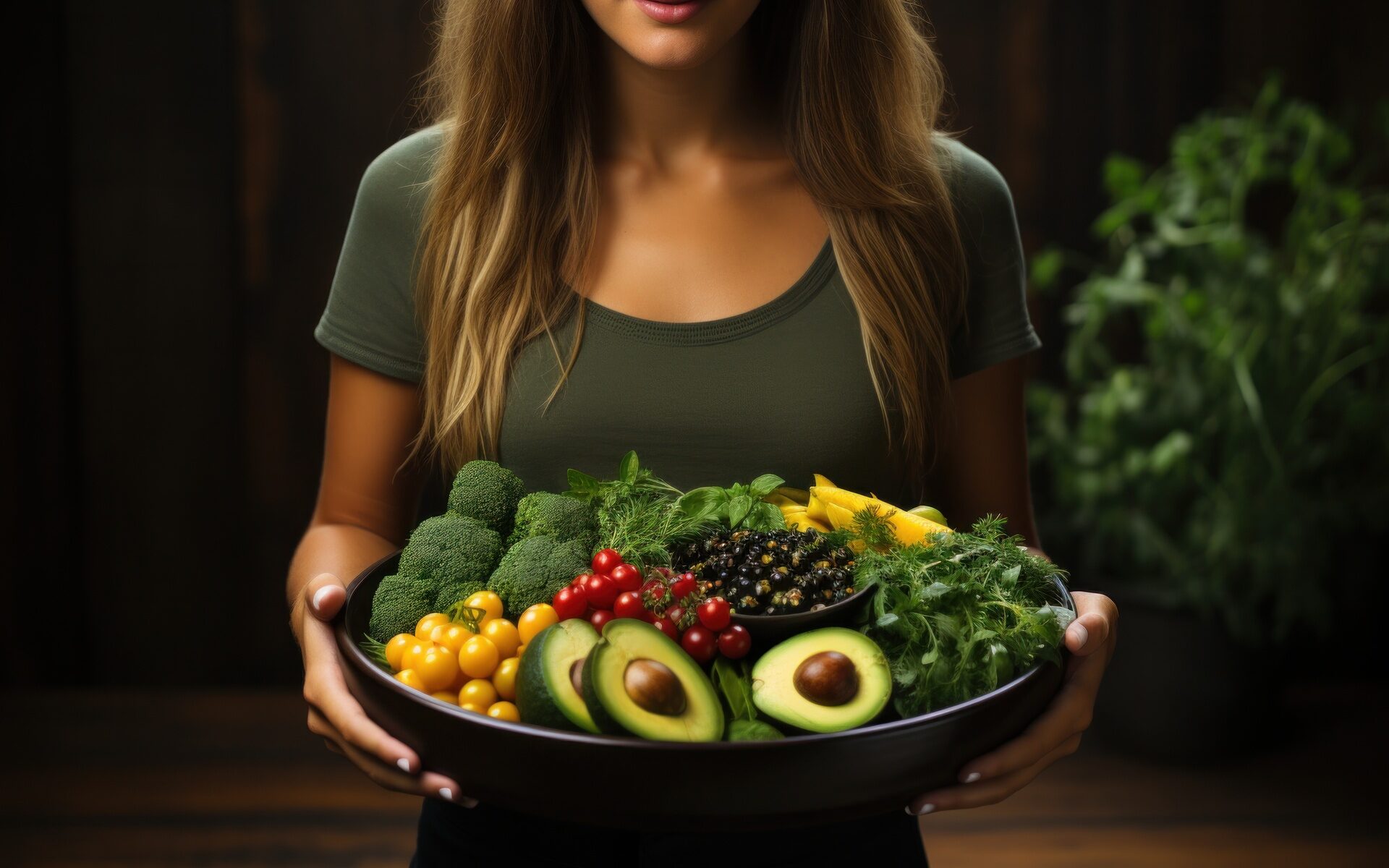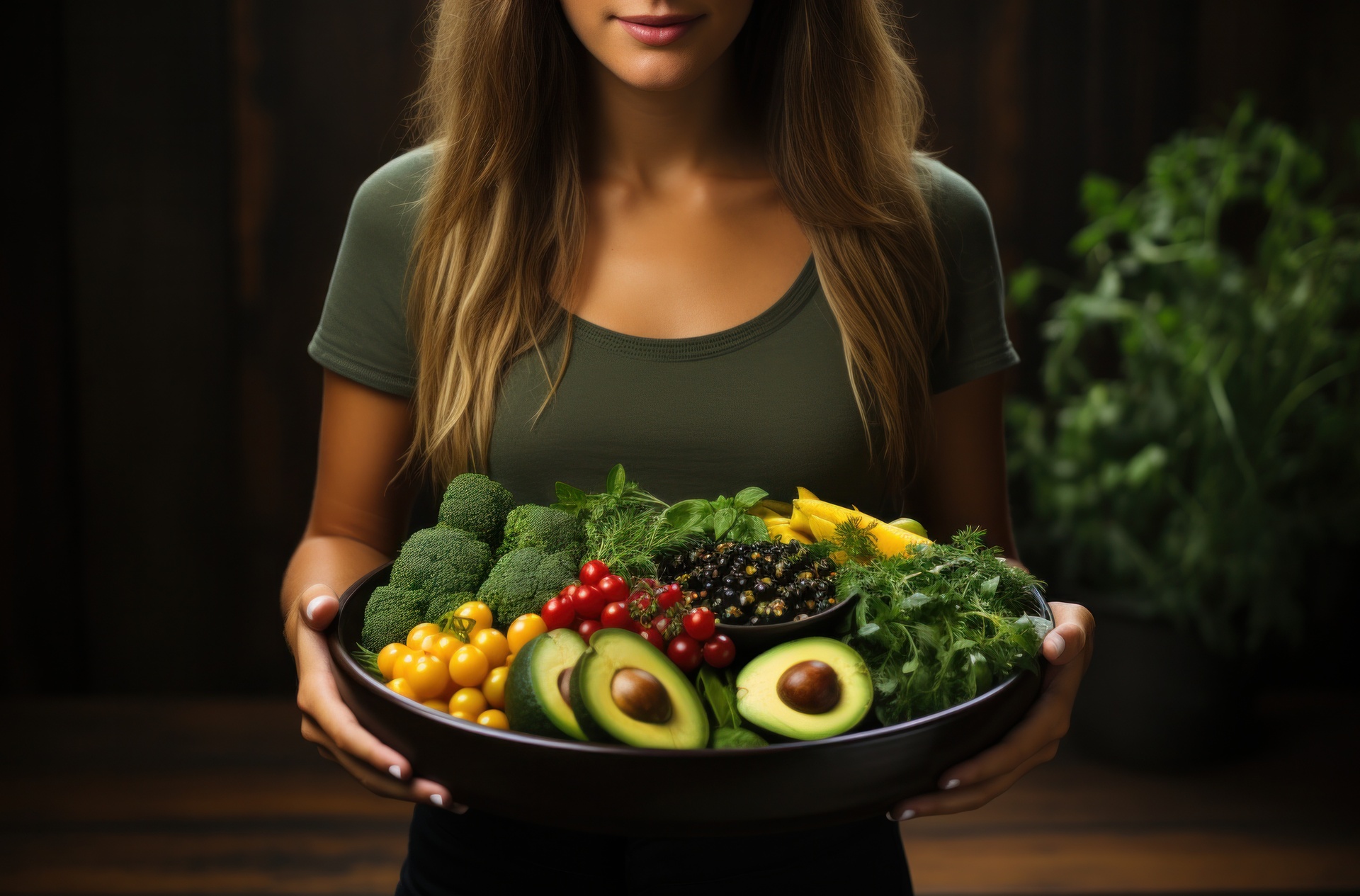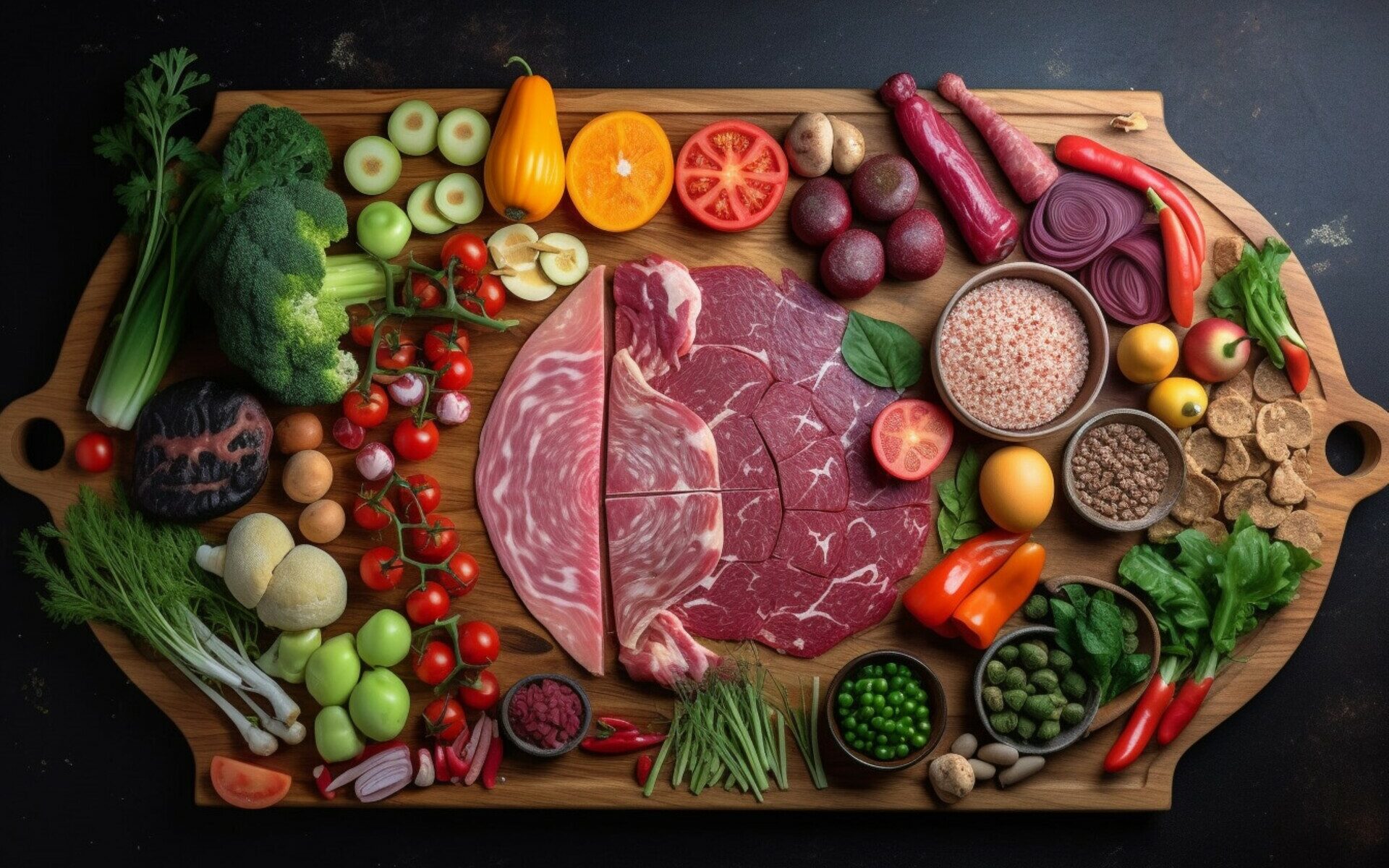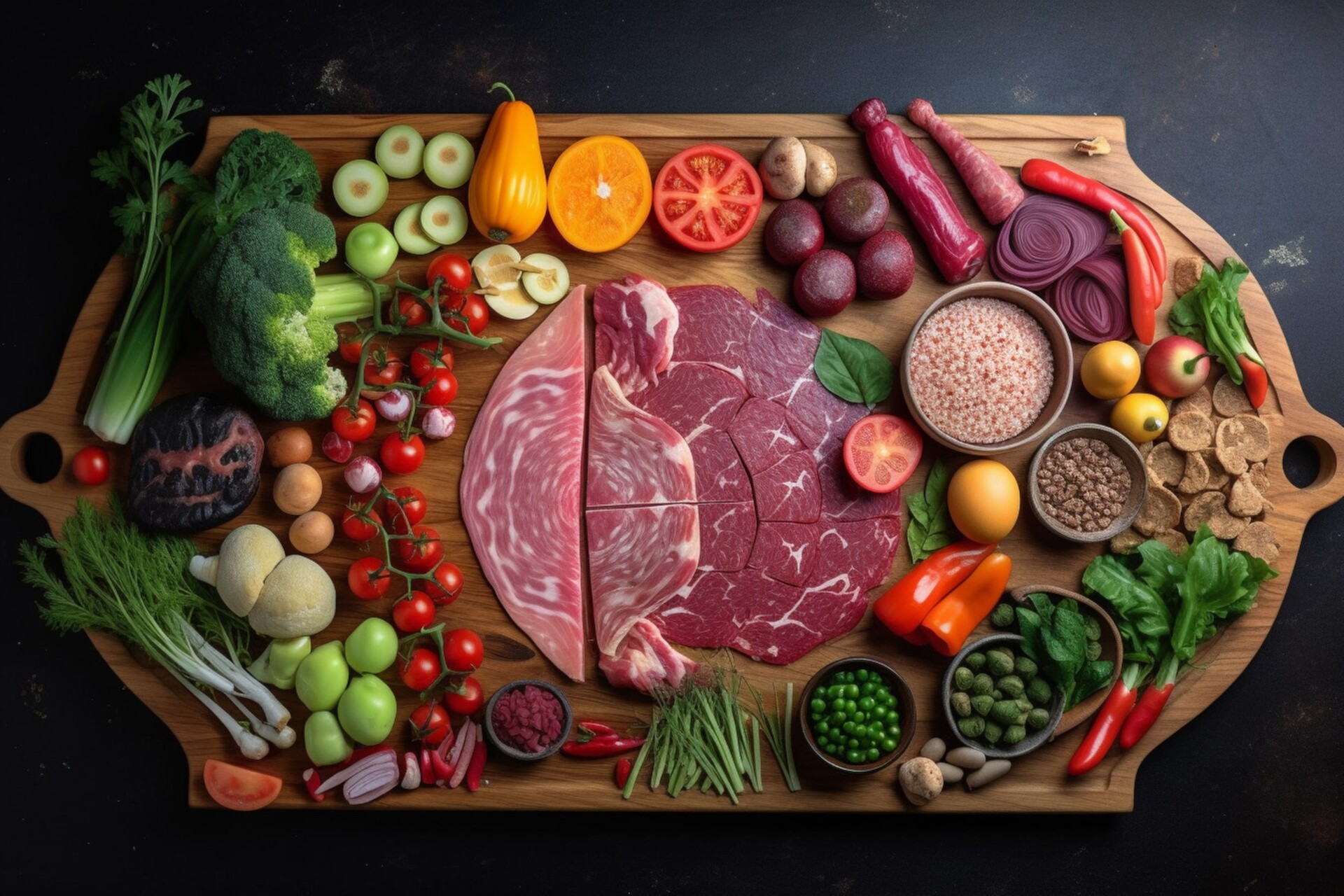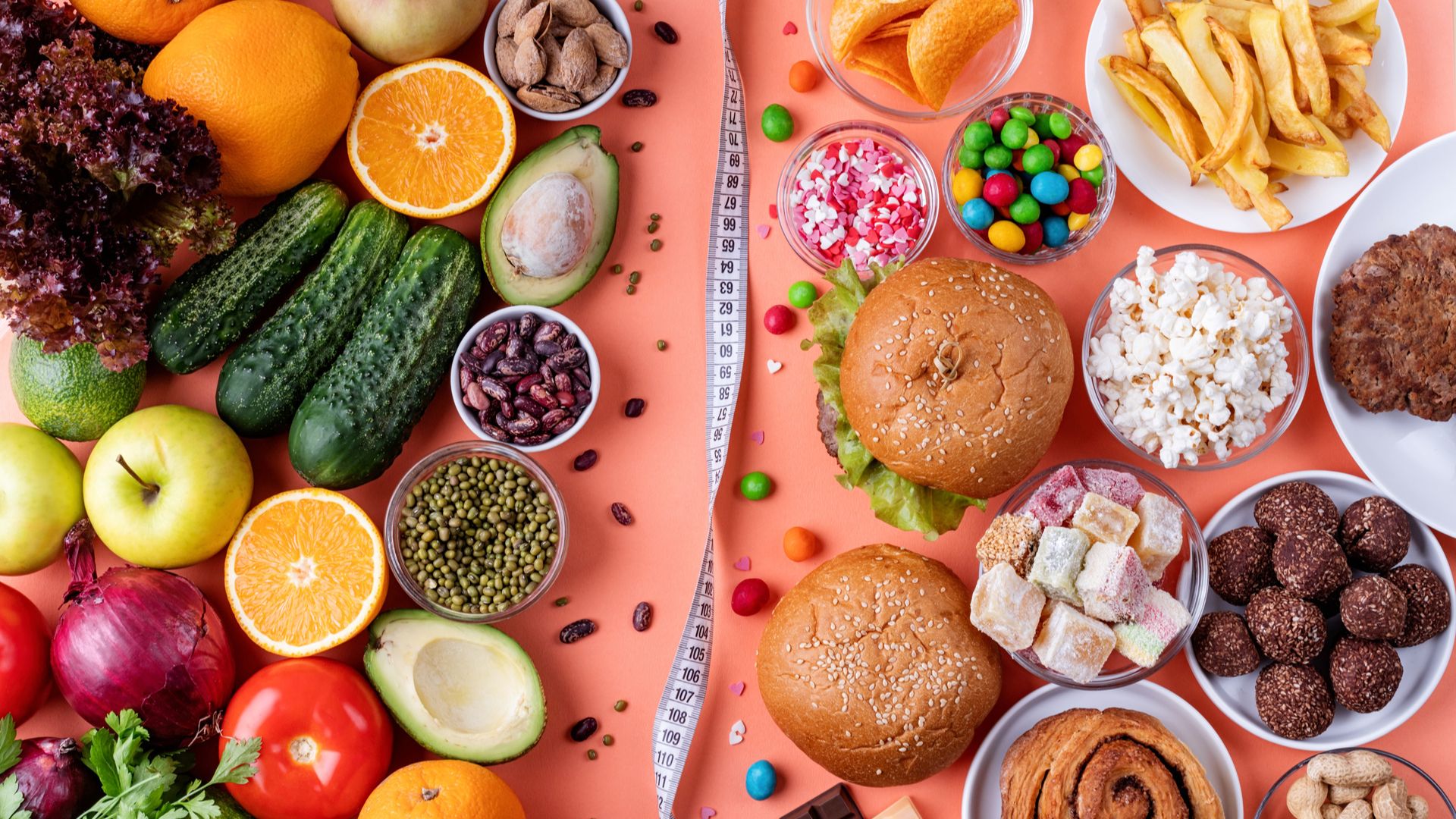
The Truth About Yo-Yo Dieting: Why It’s Hurting Your Health- and How to Break the Cycle for Good
Because real success isn’t about losing weight—it’s about keeping it off with confidence and clarity.
If you’ve ever felt stuck in a cycle of starting over—losing weight only to gain it all back (and sometimes more)—you’re not alone. It’s called yo-yo dieting, and it’s one of the most common and damaging patterns in modern weight loss culture.
Despite what trendy detoxes and 30-day challenges promise, temporary solutions lead to temporary results. The constant up-and-down isn’t just frustrating—it can take a real toll on your body, your metabolism, and your mental health.
Let’s dive into what yo-yo dieting really does to your health, how to recognize the signs, and how to break free—for good.
What Is Yo-Yo Dieting?
Also known as weight cycling, yo-yo dieting happens when you:
Go on a restrictive diet
Lose weight quickly
Struggle to maintain the results
Regain the weight (often with extra)
Start another diet… and repeat
This cycle is fueled by extreme calorie restriction, unsustainable rules, and a “quick-fix” mindset that focuses on the scale instead of real lifestyle change.
The Hidden Dangers of Yo-Yo Dieting
| System Affected | Negative Impact |
|---|---|
| Metabolism | Repeated cycles slow resting metabolic rate, making fat loss harder over time |
| Muscle Mass | Dieting without strength training leads to muscle loss with each cycle |
| Hormones | Disrupts hunger hormones (ghrelin, leptin) and can increase cravings and binge urges |
| Heart Health | Increases risk of high blood pressure, cholesterol, and insulin resistance |
| Mental Health | Creates guilt, shame, food obsession, and diet burnout |
📉 Studies show that frequent weight cycling is associated with higher body fat percentages, increased inflammation, and a higher risk of developing chronic diseases—even if your weight appears “normal.”
Signs You Might Be Stuck in the Cycle
You’ve lost and regained 10+ pounds more than twice in the last 2 years
You’ve done multiple restrictive diets (keto, juice cleanses, low-fat, fasting)
You feel anxious or guilty about eating “off-plan”
You start strong, but burnout hits by week 3
You constantly feel like you’re “starting over Monday”
You weigh yourself often and tie your success to the number on the scale
Why It Happens: Pitfalls That Lead to Yo-Yo Dieting
Overly restrictive rules
Cutting out entire food groups or dropping calories too low sets you up for failure—and bingeing.All-or-nothing mindset
One “off” meal spirals into a full week of sabotage.Relying on motivation alone
When willpower fades (and it will), so does consistency.No exit strategy
Many diets don’t teach you how to maintain weight loss or transition back to real life.Focusing only on weight
Ignoring muscle mass, energy, and behavior change means results don’t stick.
How to Break Free from the Yo-Yo Diet Trap
✅ 1. Stop chasing quick fixes
Aim for gradual weight loss (1–2 lbs/week), not overnight results. Focus on sustainability over speed.
✅ 2. Eat enough to fuel your body
Don’t starve your metabolism—build balanced meals with protein, fiber, healthy fats, and carbs.
✅ 3. Focus on habits, not restrictions
Build routines that support your goals: meal planning, strength training, hydration, and sleep.
✅ 4. Shift your mindset
Replace “I’m on a diet” with “I’m building a lifestyle.” This isn’t temporary—it’s transformation.
✅ 5. Work with a coach
Accountability and expert guidance help you personalize your plan, avoid extremes, and stay consistent through plateaus and real life.
The Power of Muscle in Long-Term Fat Loss
Remember: muscle = metabolism.
When you build lean muscle through resistance training and adequate protein, you:
Burn more calories at rest
Reduce fat regain during maintenance
Maintain a toned, healthy physique—not just a smaller number on the scale
Yo-yo dieting often leads to muscle loss. True fat loss prioritizes preserving (and building) muscle while dropping body fat slowly and safely.
Sample Plan for Sustainable Weight Loss
| Pillar | Strategy |
|---|
| Nutrition | 80/20 approach with whole foods, adequate calories, and flexibility |
| Movement | 3x/week strength training + 2x/week moderate cardio or walking |
| Mindset | Practice food neutrality, self-compassion, and non-scale victories |
| Accountability | Weekly check-ins, progress tracking, and journaling wins/challenges |
Final Thoughts: You Don’t Need Another Diet—You Need a Strategy
The cycle ends when you stop chasing perfection and start building consistency. You deserve to feel strong, healthy, and free—not trapped by scale anxiety or “starting over.”
At Thrive Intensity, I help women break free from the yo-yo pattern by combining science-based nutrition with behavior coaching and real-life strategies that stick. This is how we create results that last—and confidence that doesn’t depend on a number.
Ready to break the cycle and finally feel in control?
Let’s create a sustainable plan that works with your body—not against it.
Click HERE to book your free consultation today.
